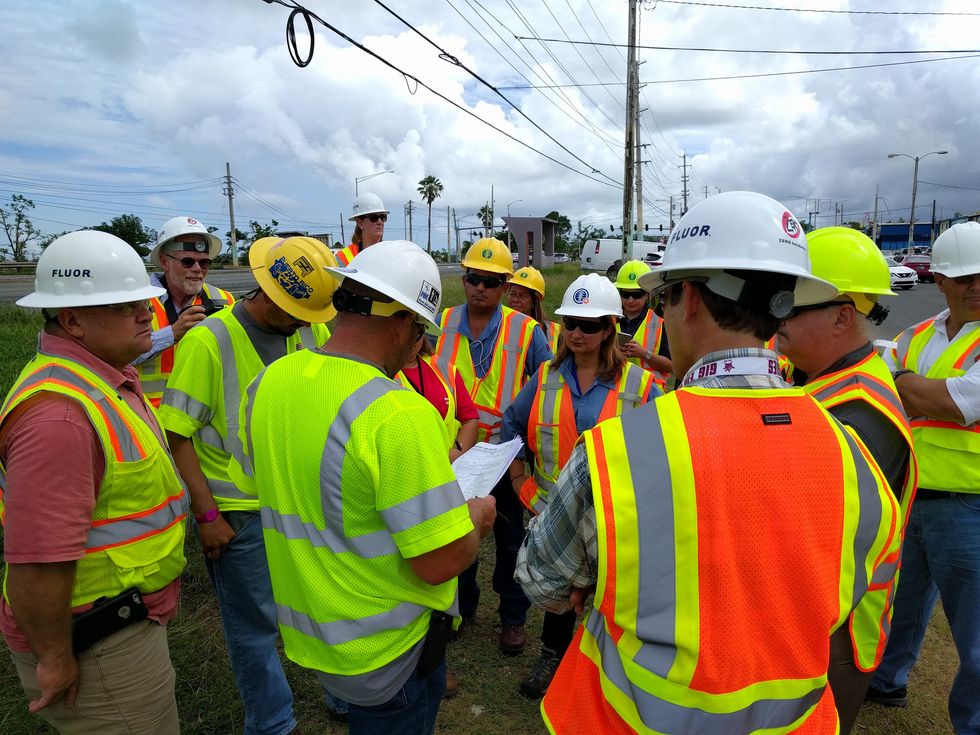It's been roughly eight months now since hurricane Maria ripped through Puerto Rico. The region, which is technically part of the U.S., is still struggling to get back on its feet-- yet much of our citizenry seemed to have forgotten about it even a couple months after the hurricane hit.
Contrary to what the lack of U.S. coverage may imply, the situation is still anything but stable in Puerto Rico, especially when it comes to debt. This May Day, thousands of citizens flooded the capital to protest "austerity measures" set in place by the U.S. government to reduce that debt, the gathering ended in violence and tear gas.
These are U.S. citizens. This is U.S. debt. This affects you. You should be paying attention.
But to pay attention, you also have to understand the basics. A lot of news articles assume we all remember from the top of our heads what we were taught in high school economics (I don't, sorry Mr. Rooker). So, what even are "austerity measures?" What, exactly, are the people of Puerto Rico protesting?
According to a Balance article, austerity measures are "reductions in government spending, increases in tax revenues, or both." They are usually implemented as an attempt to reduce national debt, something that Puerto Rico has a lot of. The New York Times claims that the region is "$72 billion in debt because of an economic recession that has lasted 11 years." Of course, a natural disaster is not going to help with reducing debt, hence the crackdown on government spending.
For context, in 2015, the floundering country of Greece was about $352.7 billion in debt, which was around 175 percent of its GDP. Using the statistic from the New York Times article above and the most recent publicly available U.S. government data available for Puerto Rico's GDP, I did the math. Puerto Rico's pre-hurricane debt is about 57 percent of its annual GDP. Not Greece-levels of catastrophe, sure, but no small potatoes either, especially when hurricane Maria caused "an estimated 100-billion-plus in damages."
So, yes, Puerto Rico needs money both to reduce its debt and to recover from the hurricane. These austerity measures, though, will attempt to take money from a place where there is no money to take.
45 percent of the people on the island are already in poverty, and economists worry that that number could rise to over 60 percent. Around 30,000 electricity customers in the region are still without power. The public pension system, which already faces $50 billion in liabilities, will be cut 10 percent under these new austerity measures. As of April, 40.6 percent of Puerto Rico's population is still looking for work.
If austerity measures intend to gain money from tax revenues, then where will the people even get the money to pay those increased taxes? It seems like Puerto Rico's economy is circling the drain.
Someone somewhere needs to do something, but nobody knows what.



















